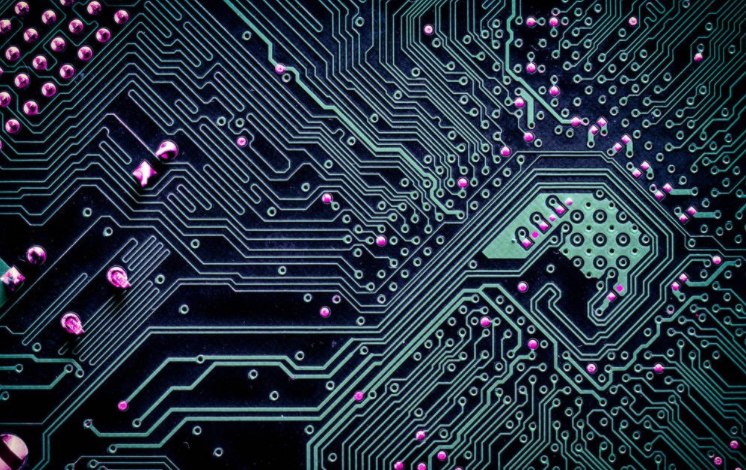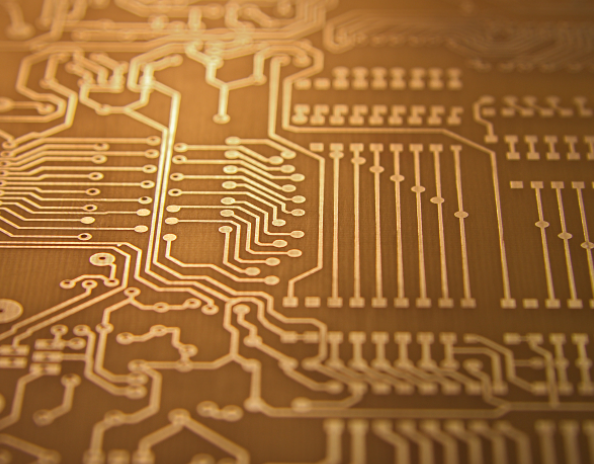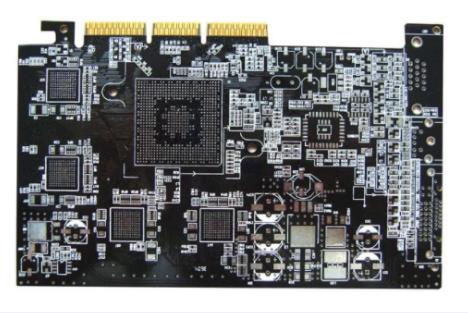
PCB design layout rate and design effICiency skills
In PCB design, there is a complete set of methods to improve the deployment rate Here, we provide you with effective technology to improve the design deployment rate and design efficiency, which not only saves the project development cycle for customers, but also maximizes the design Finished product quality
The number of layers 1 is determined by PCB
The size and number of layers of PCB need to be determined at the initial stage of design If the design requires the use of high-density ball grid array (BGA) components, it must be considered that these devices require fewer wiring layers The number of wiring layers and stacking method will directly affect the wiring and impedance of printed circuits The size of the circuit board is helpful to determine the stacking method and the width of the printing line to achieve the desired design effect For many years, it has been believed that the lower the number of layers of a circuit board, the lower the cost. However, there are many other factors that will affect the manufacturing cost of a circuit board In recent years, the cost difference between multilayer boards has been greatly reduced At the beginning of the design, more circuit layers are used and copper is evenly distributed to avoid finding that a SMAll number of signals do not meet the defined rules and space requirements before the end of the design. Therefore, new layers must be added Careful planning before design will reduce a lot of trouble in cabling
PCB board

2. PCB design rules and restrictions
The auto routing tool itself does not know what to do. In order to complete the wiring task, the wiring tools need to work under the correct rules and restrictions Different signal lines have different wiring requirements All signal lines with special requirements must be classified, and different design classifications are also different Each signal category should have a priority. The higher the priority, the stricter the rules The rules relate to the width of the line, the number of vias, the parallelism, the interaction between signal lines, and the limitations of the hierarchy These rules have a great impact on the performance of routing tools Careful consideration of design requirements is an important step for successful cabling
3. Layout PCB board assembly
To SIMplify the assembly process, the design for manufacturability (DFM) rules impose restrictions on component layout. If the assembly department allows the parts to move, the circuit can be properly optimized and automatic wiring is more convenient The rules and constraints defined will affect the layout design The routing channel and via area shall be considered in the layout These paths and areas are obvious to designers, but automatic routing tools only consider one signal By setting the routing constraints and the layers that signal lines can route, the routing tool can complete the routing according to the designer's ideas
4. Fan out design of PCB board
In the fan out design stage, in order to enable the automatic wiring tool to connect component pins, each pin of the surface mount device should have at least one through-hole. In addition, when more connections are needed, the circuit board can be connected internally in layers, online test (ICT) and circuit reprocessing. In order to make the automatic routing tool efficient, it is necessary to use as many through-hole sizes and printing lines as possible. Ideally, the interval is set to 50mil Use the through-hole type that makes the number of routing paths available In fanout design, it is necessary to consider the problem of circuit line test Test fixtures can be expensive and are usually ordered when they are about to go into full production Only in this way can we consider adding nodes to achieve 100% testability, which is too late After careful consideration and prediction, the design of circuit online test can be carried out in the initial stage of design and realized in the later production process The type of through hole fan out is determined according to the wiring path and circuit line test Power and grounding also affect wiring and fan out design In order to reduce the inductive reactance generated by the connecting wire of the filter capacitor, the through-hole should be as close as possible to the pin of the surface mounted equipment If necessary, manual wiring can be used This may affect the originally planned wiring path, or even cause you to reconsider which type of vias to use. In this case, the relationship between vias and pin inductance must be considered, and the priority of vias specifications must be set
5. Manual wiring PCB board
Although this paper focuses on automatic wiring, manual wiring is the current and future design of PCB The use of manual wiring can help the automatic wiring tool to complete the wiring work Regardless of the number of key signals, these signals should be routed first, manually or in combination with automatic wiring tools The key signal must be carefully designed to achieve the desired performance After wiring, relevant engineers will check the signal wiring This process is relatively easy After passing the inspection, fix these lines, and then start the automatic wiring of the remaining signals
6. Automatic wiring of printed circuit board
For the wiring of key signals, it is necessary to consider the control of some electrical parameters in the wiring process, such as reducing the distributed inductance and EMC Other signals are wired similarly All EDA suppliers provide methods to control these parameters The quality of automatic wiring can be guaranteed to a certain extent after understanding the input parameters of the automatic wiring tool and the impact of the input parameters on the wiring General rules should be used to route signals automatically The number of layers and vias used for a given signal can be limited by setting limit and prohibition wiring areas. The wiring tool can automatically route according to the design idea of the engineer If the number of layers and vias used by the auto routing tool is unlimited, each layer will be used during auto routing, and many vias will be generated After setting constraints and applying the created rules, automatic routing will achieve similar results as expected Of course, some sorting work may be required to ensure space for other signals and network wiring After part of the design is completed, fix it to prevent it from being affected by the subsequent wiring process Use the same procedure to send the remaining signals The number of wiring depends on the complexity of the circuit and the number of general rules you define After each signal is completed, the remaining network wiring constraints will be reduced But then, many signal wiring needs manual intervention Today's automated routing tools are powerful and typically 100% complete However, when the automatic wiring tool does not complete the wiring of all signals, it is necessary to route the remaining signals manually
7. Key points of design Automatic wiring of printed circuit board includes:
7.1 Change the settings slightly and try various wiring;
7.2 Keep the basic rules unchanged, try different wiring layers, different print lines and spacing widths, different line widths, and different types of through holes, such as blind holes, buried holes, etc, And observe how these factors affect the design results;
7.3 Let the wiring tool handle these default networks as needed;
7.4 The less important the signal, the higher the wiring freedom of the automatic wiring tool
8. Attention to PCB board
If the EDA tool software you use can list the signal wiring length and check the data, you may find that some signal wiring lengths that are almost unconstrained are very long This problem is relatively easy to handle. Through manual editing, the signal wiring length can be shortened and the number of vias can be reduced In the finishing process, you need to determine which wiring is reasonable and which wiring is unreasonable For example, manual routing design can also be sequenced and edited during PCB inspection









